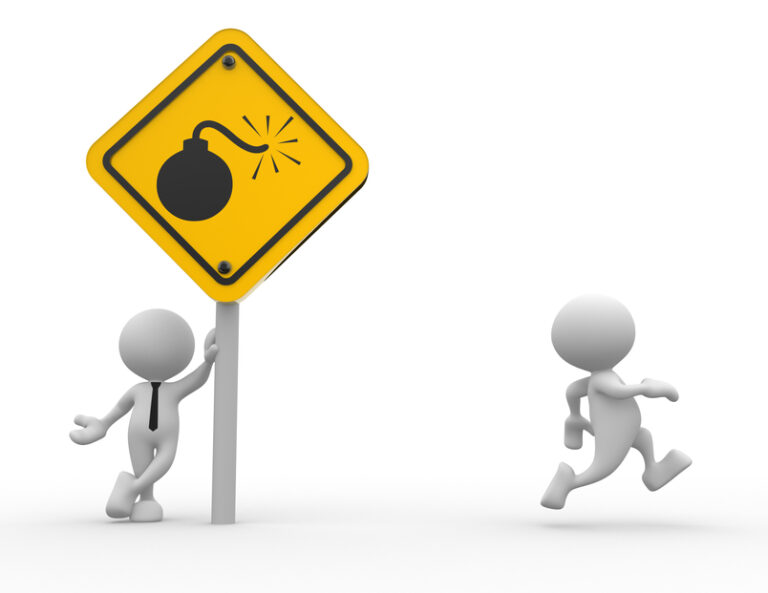The core elements of the Work Health and Safety Act 2011 can be distilled into a single sentence: “Proactively identify and manage potential safety hazards to prevent people being harmed.”
The rest of the administrative compliance, investigative and penalty provisions follow on from here and are designed to facilitate this process.
In the current drive to educate lot owners about their legal responsibilities and liabilities there is a risk that they will lose focus on the big picture. Protection from legal liability is an important, but secondary product of a properly implemented safety system.
Knowledge is power
Many so-called ‘accidents’ could have been prevented with forethought and a timely response.
The most important thing you can do to ensure the physical safety of users of your scheme is to carry out regular, formal, hazard identification inspections. Knowing what the potential hazards are is a prerequisite for being able to assess the associated risks – both physical and legal – and take appropriate remedial action.
Maximise your knowledge pool
The Work Health and Safety Regulation 2011 sets out the hazard identification, assessment and management process that lot owners must follow. It does not require an expert to be engaged to undertake this process. In fact, in most instances it is assumed that the best people to carry out the review will be the ones that directly live or work with the area, equipment or process being reviewed.
However, if the scheme does not have a committee member or lot owner experienced in hazard assessment that is willing to volunteer, using an external expert to assist with the process may be advisable.
External experts generally have a good knowledge of formal safety Codes and Standards, as well as a wide range of historic experience from other schemes. During the inspection process they are often able to identify issues that were not evident to lot owners.
Putting theory into practice
Risk management is an ongoing process. Many usage or maintenance-based hazards can develop at short notice. Even if the scheme engages an expert to inspect the common property on an annual or biannual basis, its members should undertaker their own inspections at more regular intervals.
Here are some tips that may assist you in the process.
- Look at the scheme as if you were a first time visitor. Move from area to area slowly and make a conscious effort to focus on all the elements in the area.
- Take the time to consider all the people who could use the area and how they interact with the area. Don’t assume that everyone will be fully fit or focused. The common property should be safe for reasonably foreseeable use. This includes for visitors, children, the elderly, the mildly intoxicated and the phone distracted.
- Try to include a variety of people in the inspection process to benefit from their different experiences and perspectives. Teachers or parents of young children can be a particularly useful addition.
- The common property should be safe for both residents and visitors, as well as tradespeople and employees.
- Don’t assume that everyone, particular/y children, will complying with all signage and behave in rational, risk-averse ways. Even if a resulting accident is legally ruled to be that person’s fault, preventing a reasonably foreseeable incident avoids emotional and financial stress for all parties, as well as bad publicity.
- Don’t limit your review to items that breach a formal code or safety standard. You don’t need a regulation to tell you that leaving a banana skin on a marble floor is not safe. Nor is the absence of an official regulation controlling the placement of banana skins a good reason for leaving it there.
- Remember, the frequency with which a hazard may cause harm and/or the severity of that harm (assuming it is sufficient to require at least first aid treatment) are factors to be considered during the next stage of the risk management process. They do not determine whether or not the hazard physically exists. One of the commonest misconceptions we encounter is that you don’t need to record a hazard unless it could cause a major or fatal injury.
- Don’t assume that because a hazard has been considered or actioned in the past you no longer need to include it in your inspection. Even if hazard-warning signs/instructions have been displayed or there are safety line markings you still need to check if the risk has really been controlled. Relying on people to consciously see and act on such warnings should be a measure of last resort when there are no practical options to remove or reduce the hazard.
- Finally, it is important to identify and record all potential hazards. Even if you believe it will not be possible for you take remedial action, you still need to demonstrate that you are aware of the hazard and document how you reach that conclusion.
Published by the SCA in Inside Strata, December 2014

